It all started with a low temperature and headache, along with the fear that the coronavirus had caught my mother and me after 1.5 years of social isolation, trying to keep the house clean at all times, using lots of soap to wash my hands every few hours and gargling with hot turmeric water. My goal in narrating this story is to share a personal account of my experience during this unexpected historic event. For a 25 year old, I'd say that this has been the most significant event of my life thus far.
My Covid-19 Journey – In A Nutshell
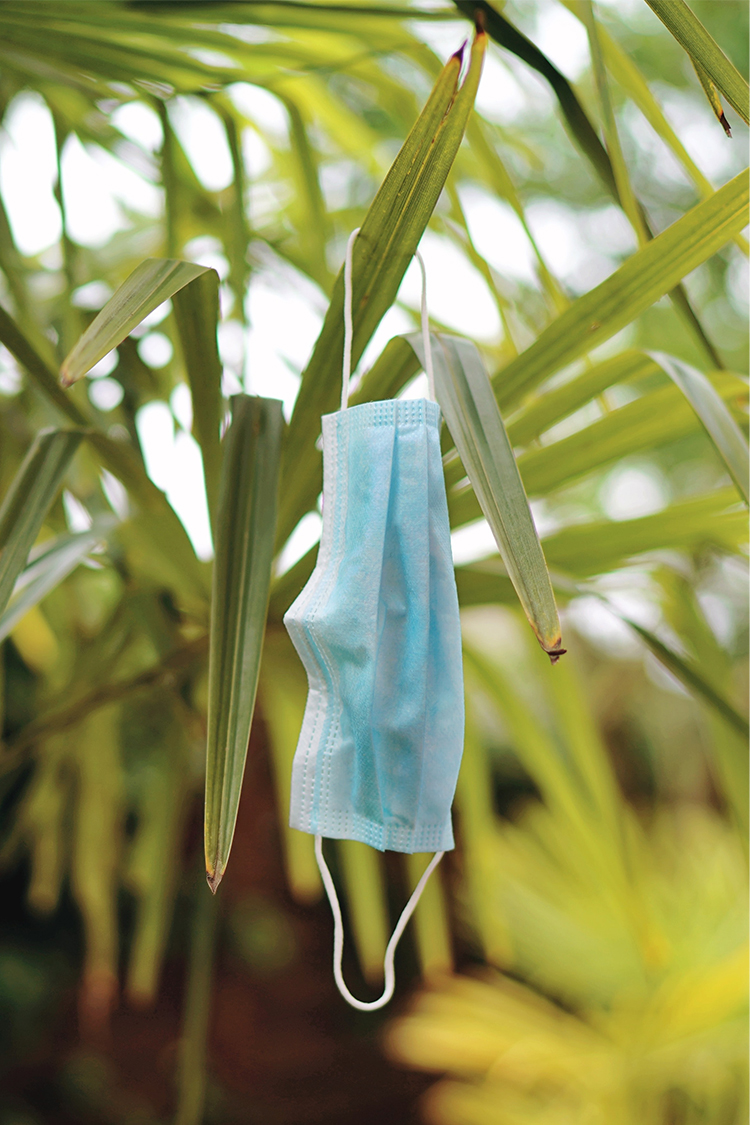
The days following my discovery of being Covid-19 positive were difficult, but I count myself fortunate in that my symptoms were fairly minor. Here's a glimpse of how things were like on a daily basis:
Day 1–2: On day 1, I woke up with excruciating body aches, chills, exhaustion and a cough that lasted for several days. My dad had already received a call from Kementerian Kesihatan Malaysia (KKM) confirming that his test results came out positive and he was transported to MAEPS Serdang quarantine centre. I suspected that my sudden aches could only emerge from the same scenario; it was the only thing that made sense at that moment.
My entire family took our first swab test on 22nd June 2021. The next morning, I woke up to the news that I never wanted to hear: that my mum and I had both tested positive for Covid-19. I was lost for words and didn’t know what was the next thing to do but I was grateful to know that the rest of my family members had tested negative, which meant that only my mum and I would be transported to the quarantine centre as well. We started the quarantine prep by informing our results to KKM and sanitised the entire house.
Day 3–4: On the morning of 24th June 2021, we received a call from the health vehicle driver who was assigned to take us to the MAEPS Serdang quarantine centre with several other patients. I started packing all the essentials I’d need for my 10-day stay there. At this point, I didn’t have anyone to call and inform about the situation, seeing that I was already staying at home for at least two weeks before being tested positive, which was a big relief! However, I started feeling nauseated and had a migraine on day 3, and by day 4, I had completely lost my sense of smell and taste.
TIP! If you're ever tested positive for Covid-19, make sure to pack everything you’ll need immediately as the situation at the quarantine centre is a very hard one to get through.
Day 5–6: On day 5, I felt relieved when I woke up to find that most of my symptoms had subsided. I gathered enough stamina to make friends and chat with the other female patients but by 3pm, the symptoms started coming back as my health deteriorated significantly overnight and into the next day. I started experiencing asthmatic symptoms which I’ve actually recovered from a few years ago.
Day 7–8: My symptoms started to improve again on days 7 and 8, but I still had congestion, cough, loss of smell and taste as well as weariness in the evenings.
Day 9–10: On day 9, I felt better as my body had returned to its normal state, but the congestion, cough and loss of smell and taste persisted. On the 10th day after my first swab test, I was scheduled to be discharged, as would all other patients who’ve not developed any new signs or symptoms. FYI, the timeline for discharge day is 10 days from the swab date.
FUN FACT: It has been proven that the Covid-19 virus tends to be active for about eight days, which is the reason why people need to be quarantined for 10 days. Also, here’s something that everyone should know: that 30–40% of Covid-19 patients might still test positive after three weeks, but you’re no longer infectious nor contagious.
The Kind Of “Positive” That No One Wants To Hear
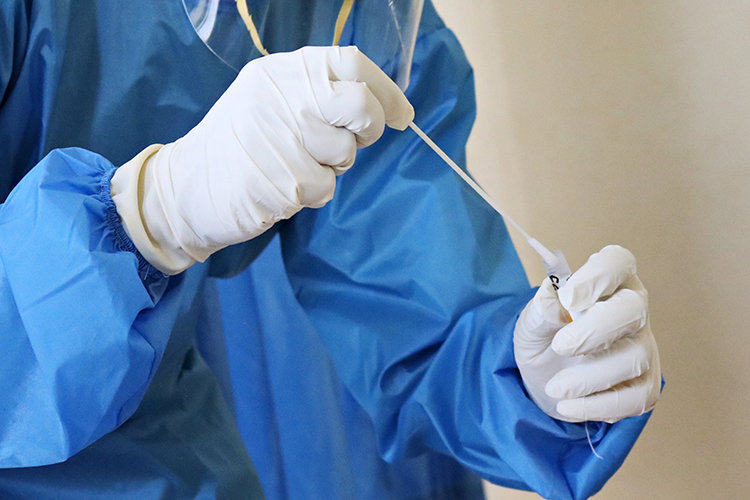
When I received a call from the clinic I’d taken a swab test at informing me that I had tested positive for Covid-19, I quickly called Kementerian Kesihatan Malaysia (KKM) to tell them of the diagnosis. Our journey started with me and my mum being transported to MAEPS Serdang Malaysia Low Risk Quarantine Centre, where my dad had been in for a couple of days.
Upon arrival at the quarantine centre, you'll be led to an area where your blood pressure will be checked and take other tests to determine your infection level. After you've completed all of the tests, you'll be divided into groups based on the severity of the illness and how critical the condition of your body is. After that, you'll be shuttled to the various wards in an old Perdana University dorm building. This was where I was separated from my mum as she was designated to a ward specially for heart patients.
Wards are divided into two: male and female. Before you're taken into a ward, you'll have a quick check of your belongings. The list of forbidden items includes metal spoons and forks, glass, sharp objects and playing cards. If you’ve brought any of those, the items will need to be stored in a container in front of the building and you’ll be able to retrieve them on the day of your discharge.
Everything You Need To Know About The Quarantine
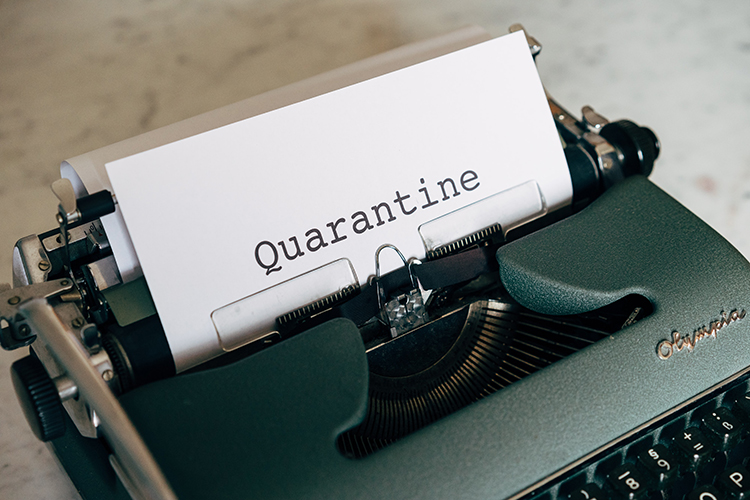
Once you arrive at the ward, you'll be provided with a bed, bedsheets and a blanket after a 1- to 2-hour process. Bring an additional blanket and pillow from home if you’d like, for extra comfort. You'll be given a white wristband that can only be removed 10 days after your swab date.
Those on a special diet and who are diabetic or vegan should let the counter know ahead of time so that they can be served meals that are tailored to their specific requirements. Breakfast, lunch and dinner are served at specific times: 8am, 2pm and 6pm. After 6pm, there will be no food available, so bring some snacks from home. Around the lounge, there are a few vending machines where hot coffee, milk, tea, biscuits and cup noodles are available. Bring your debit card with you as everything is cashless here.
Because Wi-Fi is unavailable at the quarantine centre, be sure to activate your data plan. I brought over my journal and some books, and downloaded a few movies and series on Netflix prior to my stay because doing nothing can get boring very quickly. While you aren’t required to pay for your stay, you should bring along some cash and a debit card in case you want to get something from the vending machine and need to pay for your ride home upon discharge.
What To Expect During The 10-Day Stay
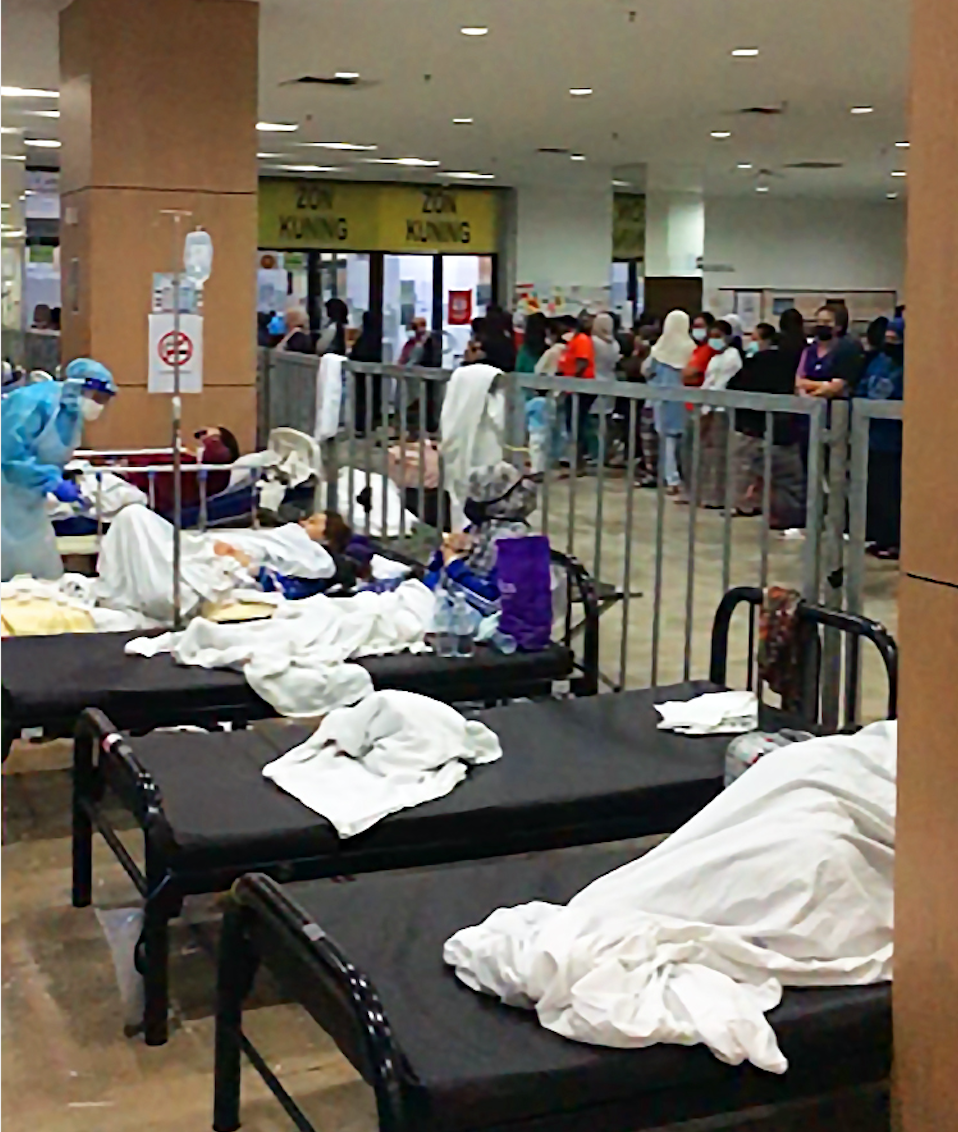
Cold nights, noisy children and screaming babies, harmless new friends, grieving families, crowded bathrooms and counters with long lines of up to two hours of queuing time and front-liners informing every little detail through the speakers throughout the day are just some of the things you can expect at the low-risk quarantine centre. On the ninth day, go to the desk and verify if your name is on the discharge list for the next day, then begin queuing for the discharge letter at 11.30pm. Do this as soon as possible, as this could take a while.
TIP! Because you'll be out of the quarantine centre for a long time due to the long queue, make sure to have a hearty breakfast the next morning. This prevents your stay from being extended for another 10 days if you faint due to hunger, which isn’t something you’d like!
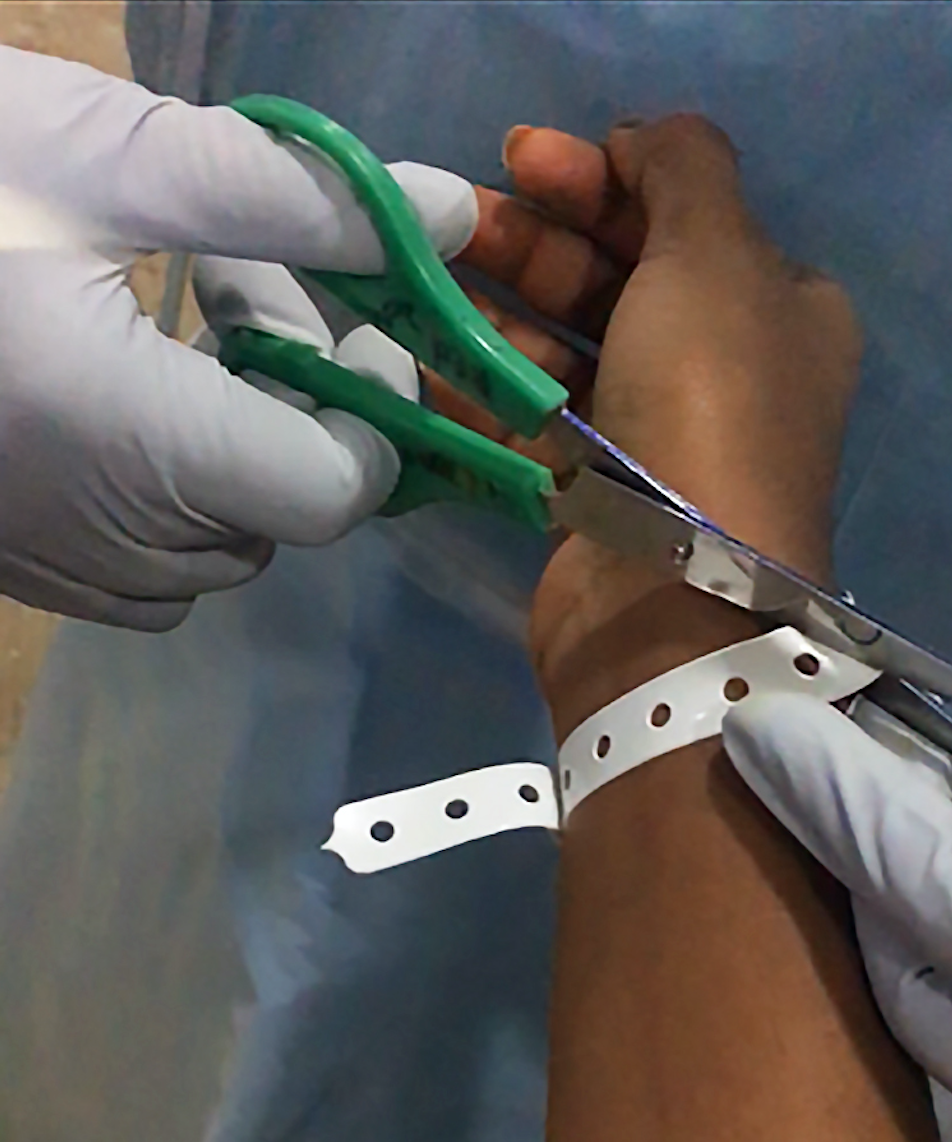
At the end of your stay, the front-liners will cut your white tag to indicate that you’re Covid-free. You'll then be transported to the main entrance via buses, where you can reserve a MyCar or have someone pick you up. At the entrance, you'll find a MyCar booth, but expect to pay more. Alternatively, you can book a GrabCar.
Life After Covid-19
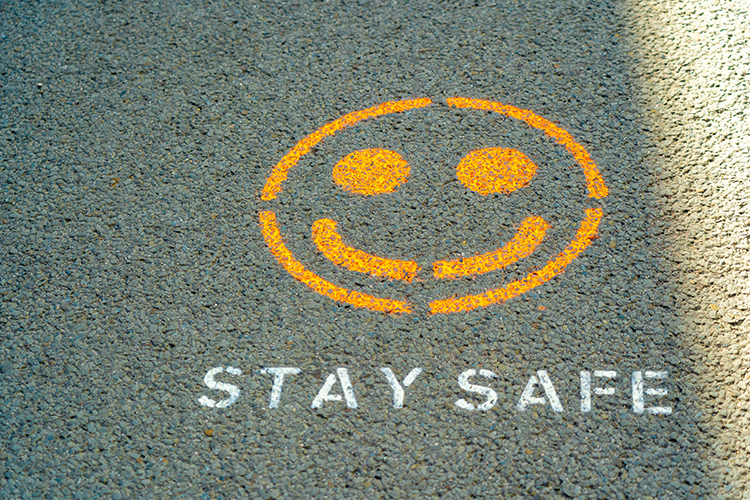
To be honest, post-Covid life isn’t easy. People are accustomed to becoming fearful when they see you returning from the quarantine centre and I received my fair share of curious stares from those living in my apartment block. People were distancing themselves away from me and muttering about my quarantine days behind my back. It wasn't much of a surprise though, given that my family and I live in an apartment and I had therefore expected a stronger reaction from this episode. Most of them were unaware that after the 8th–10th day, a Covid-19 patient is no longer contagious. Thankfully, as the days passed, things got a lot better for me. One thing to keep in mind: do follow the SOPs that are set in place, because if you’re careless and start taking things lightly, you may become infected again.
Make sure to complete the assessments that are evaluated on the MySejahtera application on a daily basis. We took extra precautions by staying at home for an additional 10 days, and by that time, the EMCO had already been implemented. We were definitely quarantined longer than necessary; we didn't even step out for a grocery run. On the 14th day after I got discharged, MySejahtera app confirmed my low-risk, no-symptom status. Yay!
All in all, my Covid-19 experience wasn’t horrible, although it could’ve been. All of this is shared with the aim of reassuring you that just because vaccines are becoming more widely available doesn’t mean that you should relax about taking precautions. As optimistic as we are about getting vaccinated, Covid-19 is still widely present. Continue to wear a mask (or double mask) even around your family and friends to avoid becoming complacent, follow the rules of social distancing, wash your hands and sanitise regularly, and get vaccinated as soon as possible!
Featured image: Parastoo Maleki/Unsplash
.png)

